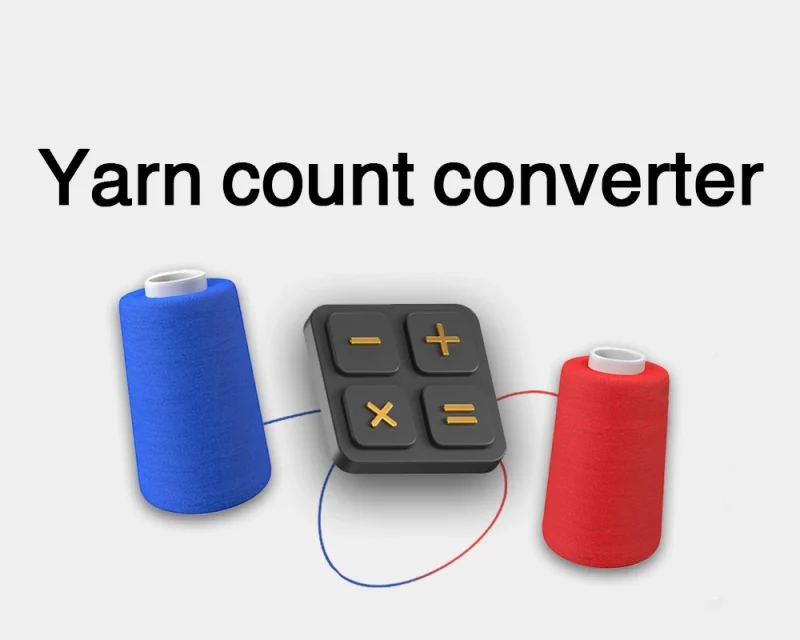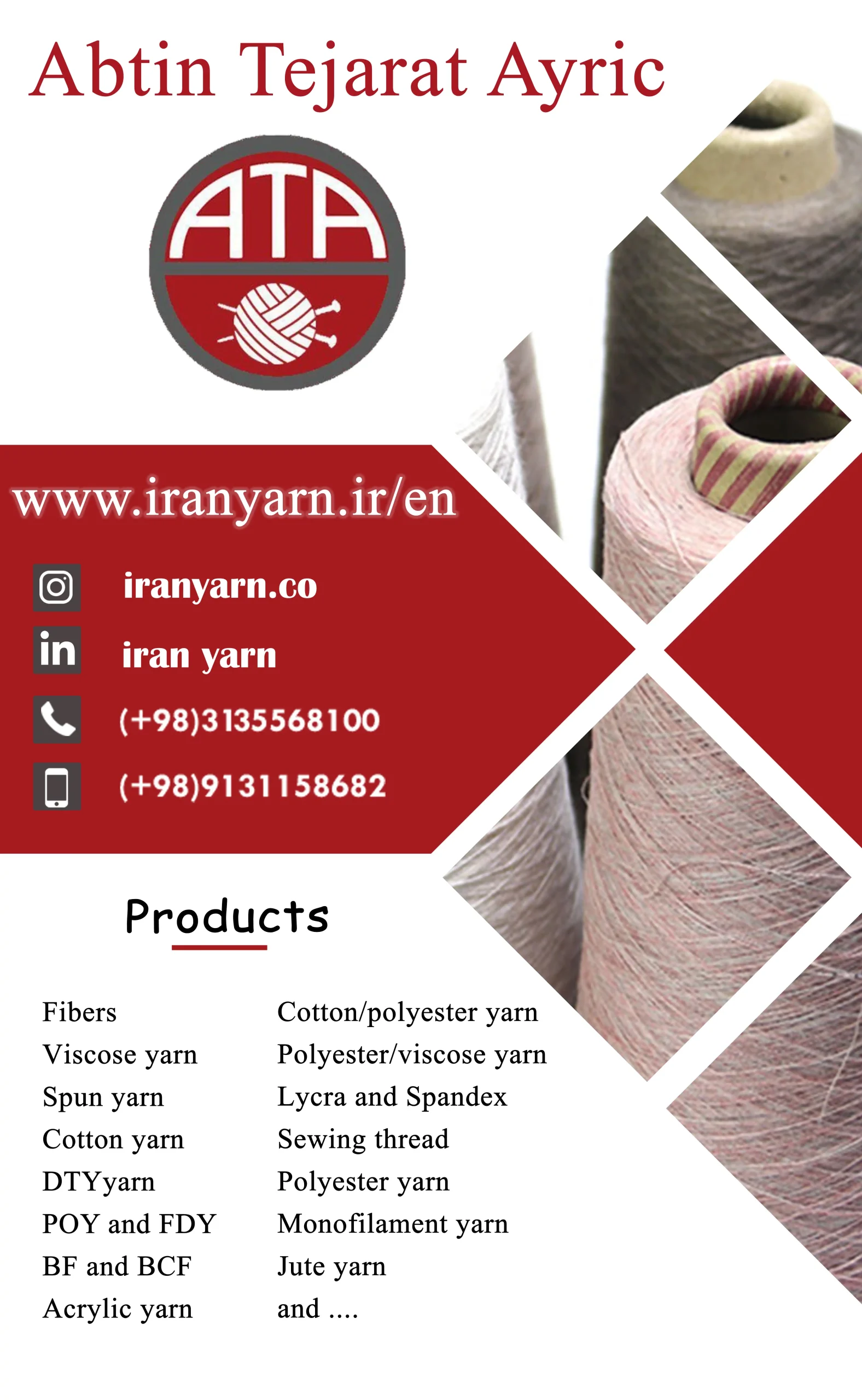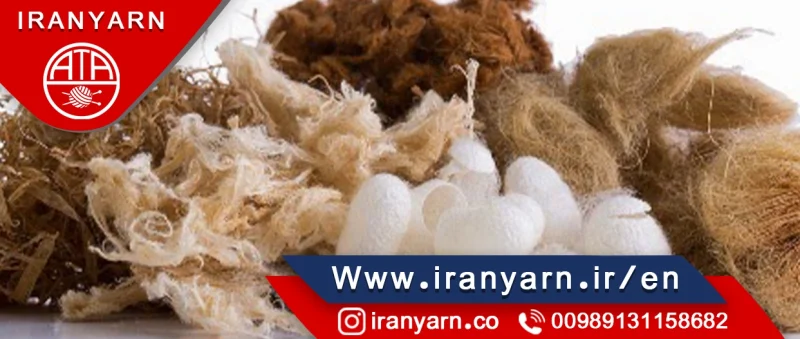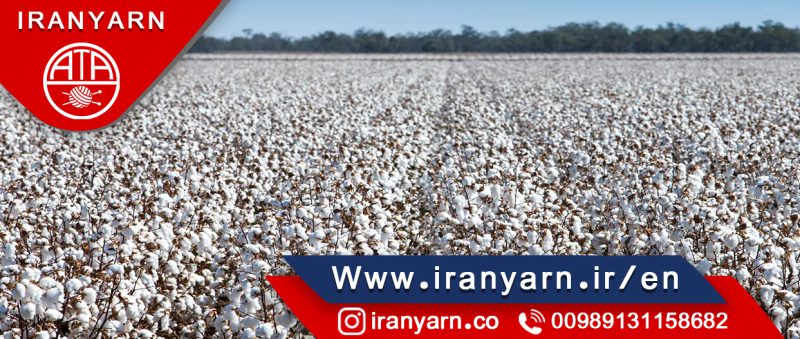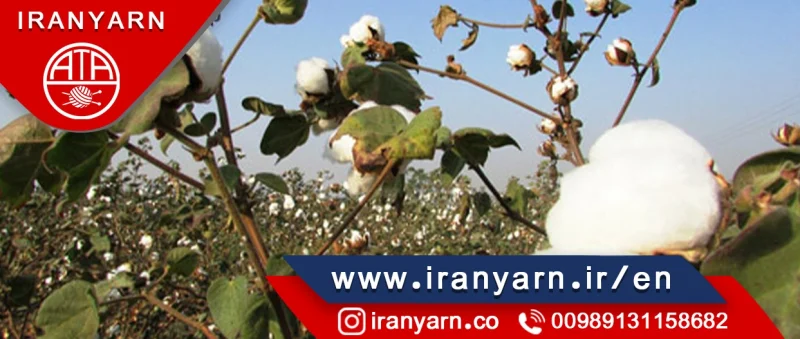Green textiles, or environmentally friendly ones, strive to fulfill human needs without causing harm to the environment and society. To achieve this, cultivation, production, processing, packaging, labeling, and all stages of textile product manufacturing are carried out naturally, with minimal environmental impact and reduced energy consumption. Today, textiles like fibers, yarns, fabrics, clothes, and home products are rapidly growing globally. Over the past 50 years, synthetic or man-made fibers have found extensive use in clothing, home decor, industry, and agriculture. Polyester, nylon, acrylic, and polypropylene are popular synthetic fibers, appreciated for their cost-effectiveness and streamlined production processes. Today, consumers and producers are increasingly focused on the environment as the clothing market expands. Global clothing brands are recognizing synthetic yarns as viable options due to their lower carbon footprint in production compared to natural fibers. Some eco-friendly synthetic yarns include biodegradable polyester yarn, dope-dyed polyester yarn, and recycled polyester yarn.
Recycled yarns
Common polyester yarns are not easily biodegradable when discarded, leading to serious environmental pollution caused by polyester waste. Therefore, polyester bottles and discarded polyester fabrics are recycled and re-polymerized through physical and chemical methods, greatly reducing the environmental impact of polyester textile waste. The use of products made from recycled yarns saves energy and reduces pollution in the environment. The application and use of biodegradable yarns are similar to polyester yarns, such as in sportswear, pants, jackets, home textiles, decoration, and industrial use.
Dope-dyed yarn
In this eco-friendly yarn variant, colored masterbatches are incorporated into the melting process of polyester polymers. This results in extruder-colored polyester fibers with excellent color fastness. Fabrics of these yarns can serve as substitutes for traditionally dyed fabrics. Hence, in this fabric type, the dyeing process duration decreases, cutting costs and factory waste. This aids environmental protection, conserves energy, and lowers carbon dioxide emissions. The textile products made from these yarns exhibit good washable, wearable, sublimation resistant, fluorescent resistant, and colorfastness. These yarns can be used in similar applications as polyester yarns, including sportswear, pants, jackets, home textiles, decoration, and industrial uses.
Biodegradable yarns
To create biodegradable yarns, a unique fiber production process is utilized, incorporating biological modifiers into the spinning of polyester polymers. Fabrics woven from these biodegradable polyester yarns break down when discarded and buried in soil, decomposed by microorganisms to produce methane, water, and carbon dioxide. This type of thread leads to energy storage and reduces pollution in the environment. The application and use of biodegradable yarns are similar to polyester yarns, such as in sportswear, pants, jackets, home textiles, decoration, and industrial use.




